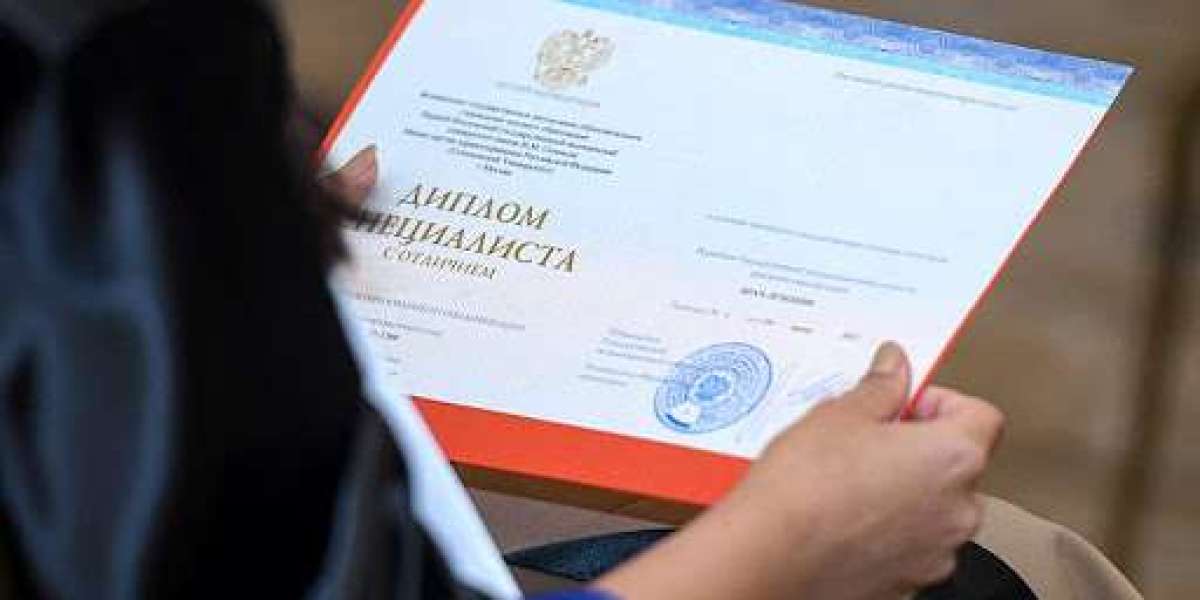Living with Attention Deficit Hyperactivity Disorder (ADHD) can feel like navigating a labyrinth of distractions, impulsivity, and restlessness, where focus seems just beyond reach. For many, the journey toward understanding and managing ADHD is deeply personal, often marked by a series of trials, errors, and eventual discoveries. My own journey with ADHD medication has been no exception. It’s been a path of uncertainty and self-discovery, filled with moments of hope, frustration, and ultimately, a sense of relief. In this article, I’ll share my experience of finding the right medication, how it changed my life, and the lessons I learned along the way.
The Beginning of the Journey
It all started in my early twenties. I had always been a high-energy person, often bouncing from one activity to the next without finishing much of anything. I found it difficult to concentrate, especially in academic settings. My grades fluctuated, and though I was often full of ideas and passion, I couldn’t seem to follow through with them. It wasn’t that I didn’t care; I just couldn’t manage the constant flood of distractions that filled my head. I knew something was off but wasn’t sure what.
Eventually, after years of struggling, I decided to seek help. I had heard of ADHD, but I never thought it could apply to me. After all, I had learned to live with my quirks and the challenges of being overly talkative, forgetful, and unfocused. However, after talking to a psychologist and going through a series of tests, I was diagnosed with ADHD.
I remember the moment vividly: The diagnosis wasn’t a shock, but it was a relief. Finally, I had an explanation for the chaos in my life. I felt a sense of validation — it wasn’t laziness or lack of effort that caused my struggles. There was an underlying neurological reason for it. However, the relief was short-lived as I was then introduced to the world of ADHD medications. The road ahead was not going to be as easy as I had hoped.
The First Try: Stimulants
The most common medications for ADHD are stimulants, which include drugs like methylphenidate (e.g., Ritalin) and amphetamine salts (e.g., Adderall). These medications are designed to increase dopamine and norepinephrine in the brain, which helps to improve attention, focus, and impulse control. The first medication I was prescribed was Ritalin, a type of methylphenidate.
I remember taking my first dose and waiting anxiously for something to happen. Would I feel calmer? More focused? A wave of change, perhaps? The first few hours were promising. I could sit at my desk for longer periods without feeling the need to jump up every few minutes. I actually completed tasks — a feeling that was almost foreign to me. But then, things took a turn.
As the day wore on, I began to feel strange. My heart started racing, and I felt an unsettling sense of anxiety. I was jittery and restless in a way I had never experienced before. The high that came with the medication quickly spiraled into an emotional crash. By the end of the day, I felt exhausted, like I had run a marathon but didn’t actually accomplish anything.
Despite the initial relief, it was clear that Ritalin was not the right fit for me. I called my doctor and explained the side effects. The next step was to try another stimulant.
Second Time’s the Charm?
My doctor prescribed Adderall, a more potent stimulant. Adderall, I learned, is a mix of two types of amphetamines: dextroamphetamine and amphetamine salts. This combination is meant to be more effective for some people, particularly those with ADHD who don’t respond well to other medications. Again, I was hopeful. Maybe this one would be the breakthrough I was looking for.
At first, Adderall seemed to work better than Ritalin. I didn’t experience the same level of anxiety, and my focus seemed sharper. I could get through long stretches of work, reading, or creative tasks without feeling like my mind was racing a million miles per minute. But after a few weeks, the problems began to resurface.
I started noticing a pattern:
The medication worked well at first, but over time, its effectiveness started to wane. I would hit a wall in the afternoon, feeling exhausted, moody, and depleted. Some days, I would even feel like I couldn’t focus on anything, even though the medication had been working fine earlier.
It was a familiar cycle. I was constantly tweaking my dose, hoping for that perfect balance. But I never quite found it. I began to wonder if I was just one of those people for whom medication might never work as intended.
Exploring Non-Stimulant Medications
After months of trial and error with stimulants, I reached a point of frustration. I wasn’t giving up on the idea of managing my ADHD, but I was exhausted by the unpredictable effects of stimulant medications. My doctor and I decided to try non-stimulant medications, which are often prescribed to people who don’t respond well to stimulants or experience undesirable side effects.
The first non-stimulant I tried was Strattera (atomoxetine). Strattera works differently than stimulants by selectively inhibiting the reuptake of norepinephrine, rather than increasing dopamine. Initially, I was hopeful because I had heard positive reports from people who had struggled with stimulants. However, my experience with Strattera was less than stellar.
While Strattera did seem to reduce my impulsivity and provided some improvement in focus, the side effects were problematic. I felt emotionally numb — like I was in a fog, detached from the world around me. It was difficult to engage with people or feel motivated to do much of anything. The trade-off wasn’t worth it. The medication helped with focus, but at the cost of feeling disconnected from my emotions and surroundings.
The Discovery: A New Path
It wasn’t until I spoke to a different doctor that I found the path I had been looking for. This doctor suggested that we try a combination of medications, which is something I had never considered before. Instead of relying solely on stimulants or non-stimulants, we could explore a personalized treatment plan that would address my unique needs.
This led me to a new combination of Vyvanse (lisdexamfetamine) and Wellbutrin (bupropion), a medication often used to treat depression but also known to help with focus and energy levels. Vyvanse, a long-acting stimulant, provided a more consistent effect throughout the day, while Wellbutrin helped mitigate the emotional flatness I had experienced with Strattera.
The result was transformative. With Vyvanse and Wellbutrin working in tandem, I found a level of balance that I had never experienced before. I was able to focus, remain calm, and engage in activities without the rollercoaster of mood swings and anxiety. I felt like I had control over my mind again — a feeling I had almost forgotten.
The Importance of Patience and Self-Awareness
Looking back, my ADHD medication journey has taught me several valuable lessons. First and foremost, I’ve learned that finding the right medication is not a quick fix. It requires patience, trial and error, and a willingness to be open to new possibilities. It’s important to work closely with a healthcare provider who understands the nuances of ADHD and who will listen to your feedback throughout the process.
Second, I’ve learned the importance of self-awareness. It’s crucial to recognize how medications affect you, both positively and negatively. Even if a medication seems promising at first, it’s important to monitor how it makes you feel over time. Adjustments may be necessary, and that’s okay. Every person with ADHD is different, and the medication that works for one person may not work for another.
Lastly, I’ve come to appreciate the significance of support. This journey was not one I could have navigated alone. Whether it was my family, friends, or medical professionals, the support I received played a critical role in helping me stay hopeful and patient during the difficult moments.
Conclusion:
Today, I feel more balanced than ever before. The journey toward finding the right ADHD medication was long and at times discouraging, but I have learned that it’s okay to take time to discover what works best for you. Medication is just one piece of the puzzle. Therapy, lifestyle changes, and self-care all play a role in managing ADHD.
If you are on a similar journey, my advice is simple: Don’t give up. The right treatment plan may take time to uncover, but it’s worth the effort. Each step, whether forward or backward, brings you closer to understanding your own mind and finding the tools that will help you thrive.











